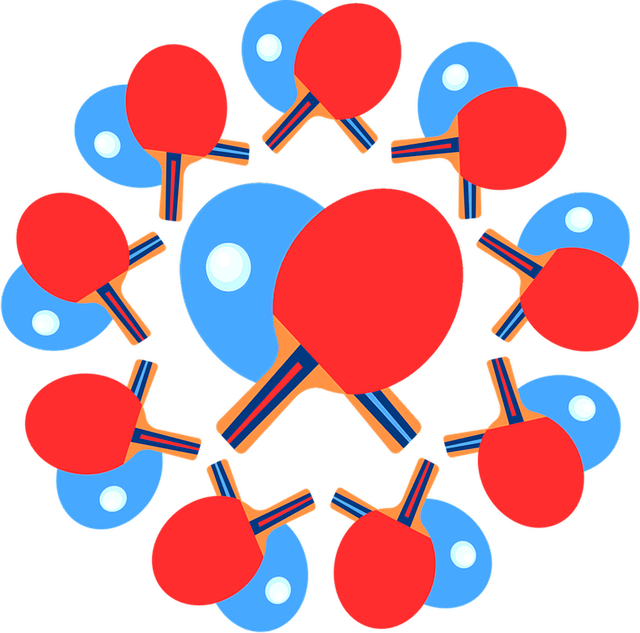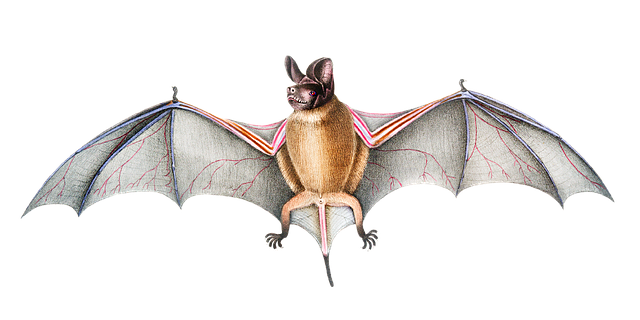Tailored Bat Control: Urban, Rural Solutions for Effective Removal & Conservation

Understanding bat behavior is crucial for bat removal near me in both urban and rural settings. Urba…….
Bat Control Solutions: A Comprehensive Analysis
Introduction
Bats, often misunderstood creatures, play a crucial role in ecosystems worldwide. However, their coexistence with humans can lead to conflicts, necessitating effective bat control solutions. These solutions are a combination of strategies and technologies designed to manage bat populations humanely and sustainably. This article delves into the multifaceted nature of bat control solutions, exploring their relevance, impact, and future potential. Readers will gain insight into the complexities of managing bat colonies, the significance of these efforts, and how they contribute to environmental health and public safety.
Understanding Bat Control Solutions
Bat control solutions encompass a range of methods, from exclusion devices to habitat modification, all aimed at mitigating human-bat conflicts. These solutions are grounded in scientific research that understands bat behavior, roosting preferences, and ecological needs. The historical context of bat control dates back to ancient times, with practices evolving from lethal means to today’s humane and non-lethal approaches.
Core components of bat control solutions include:
Global Impact and Trends
The global impact of bat control solutions is profound, affecting biodiversity, agriculture, and human health. Trends indicate a growing need for these solutions as urbanization encroaches on natural bat habitats and bat-related diseases gain attention. Regions such as North America, where bat species play a significant role in pest control, are particularly impacted by the implementation of bat control strategies.
Economic Considerations
Economically, bat control solutions present both challenges and opportunities. The market for bat-related products and services is sizable, with growth potential in innovative technologies and humane control methods. Investment patterns reflect a shift towards sustainable and ethical practices, highlighting the economic value of bats in pest control and pollination.
Technological Advancements
Technological advancements have significantly influenced bat control solutions, leading to more effective, humane, and less invasive methods. Ultrasonic devices, non-lethal repellents, and advanced monitoring equipment are examples of technological innovations that have improved the management of bat populations. The future holds promise for even more sophisticated tools, such as AI-driven models predicting bat behavior and movements.
Policy and Regulation
Policies and regulations governing bat control solutions vary by country and region but generally aim to protect bat populations while addressing public health and safety concerns. Legislation often balances the need for conservation with the imperative to safeguard human interests, reflecting a growing understanding of bats’ ecological importance.
Challenges and Criticisms
Bat control solutions face challenges such as misinformation, ethical concerns, and conflicting land-use demands. Critics argue that some methods may inadvertently harm bat populations or fail to address the root causes of human-bat conflicts. Proposed solutions include improved public education, refining exclusion techniques, and adapting control strategies to local ecosystems.
Case Studies
Several case studies illustrate successful applications of bat control solutions. For instance, a winery in California implemented a multi-faceted approach to manage bat populations, leading to reduced pest pressure and increased grape yield. In another case, a municipality in Brazil successfully relocated a bat colony from a heavily trafficked area to a conservation site, preserving both the bats and public safety.
Future Prospects
Looking forward, bat control solutions are expected to evolve with advancements in technology, research, and policy. Potential growth areas include the development of non-lethal deterrents, the integration of bat conservation into urban planning, and the expansion of educational outreach programs. Emerging trends suggest a focus on sustainable practices that align with global conservation efforts and public health objectives.
Conclusion
Bat control solutions represent a critical interface between human needs and wildlife management. Through a combination of scientific research, humane practices, and innovative technologies, these solutions address complex challenges while highlighting the importance of bats in our ecosystems. The future of bat control solutions is one of continued evolution and adaptation to meet the needs of both humans and bats.
FAQ Section
What are bat control solutions?
Bat control solutions are a range of strategies and technologies designed to manage bat populations in a manner that is both humane and effective, addressing conflicts between bats and humans.
Why are bats important?
Bats play vital roles as pollinators and insectivores, helping to maintain ecological balance and protect agricultural interests by controlling pest populations.
Can bat control solutions reduce the spread of diseases?
Yes, by managing bat populations in areas close to human habitation, the risk of zoonotic diseases transmitted by bats can be mitigated.
Are there any non-lethal methods for bat control?
Yes, non-lethal methods include exclusion devices, sound-based repellents, and habitat modification, all aimed at guiding bats away from human occupancies without harming them.
How do technological advancements contribute to bat control solutions?
Technological advancements enable more precise monitoring of bat populations, the development of non-lethal deterrents, and the use of AI for predicting bat behaviors and migration patterns.
What role do policies and regulations play in bat control?
Policies and regulations provide a framework for the ethical management of bat populations, ensuring that control measures are humane, effective, and legally compliant.
How can the public get involved in bat conservation?
The public can support bat conservation by participating in citizen science projects, supporting local conservation efforts, and advocating for policies that protect bat habitats.

Understanding bat behavior is crucial for bat removal near me in both urban and rural settings. Urba…….

Bats contribute positively to ecosystems but can become a nuisance in homes. Humane bat control invo…….

Bats infiltrate homes and buildings through tiny cracks, forming colonies in warmer months. Signs of…….

Professional bat removal is essential for addressing and preventing bat infestations in residential…….

Bats, ecosystem contributors, often cause concern on residential or commercial properties. Tradition…….

Understanding bat behavior and seasonal patterns is key to developing an effective bat control strat…….

Bats, protected by wildlife regulations, can intrude on homes, requiring humane relocation services……..

Understanding bat ecology is crucial for effective and humane bat control solutions. Bats are ecosys…….

Humane bat control involves understanding bat ecology, adhering to region-specific regulations, and…….

Bats can cause severe issues in homes and commercial spaces by forming large colonies, causing struc…….